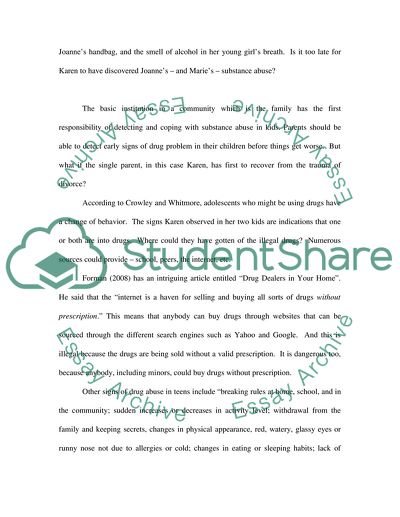Cite this document
(Substance Abuse: Whose Responsibility Case Study - 1, n.d.)
Substance Abuse: Whose Responsibility Case Study - 1. Retrieved from https://studentshare.org/social-science/1546610-substance-abuse
Substance Abuse: Whose Responsibility Case Study - 1. Retrieved from https://studentshare.org/social-science/1546610-substance-abuse
(Substance Abuse: Whose Responsibility Case Study - 1)
Substance Abuse: Whose Responsibility Case Study - 1. https://studentshare.org/social-science/1546610-substance-abuse.
Substance Abuse: Whose Responsibility Case Study - 1. https://studentshare.org/social-science/1546610-substance-abuse.
“Substance Abuse: Whose Responsibility Case Study - 1”. https://studentshare.org/social-science/1546610-substance-abuse.


